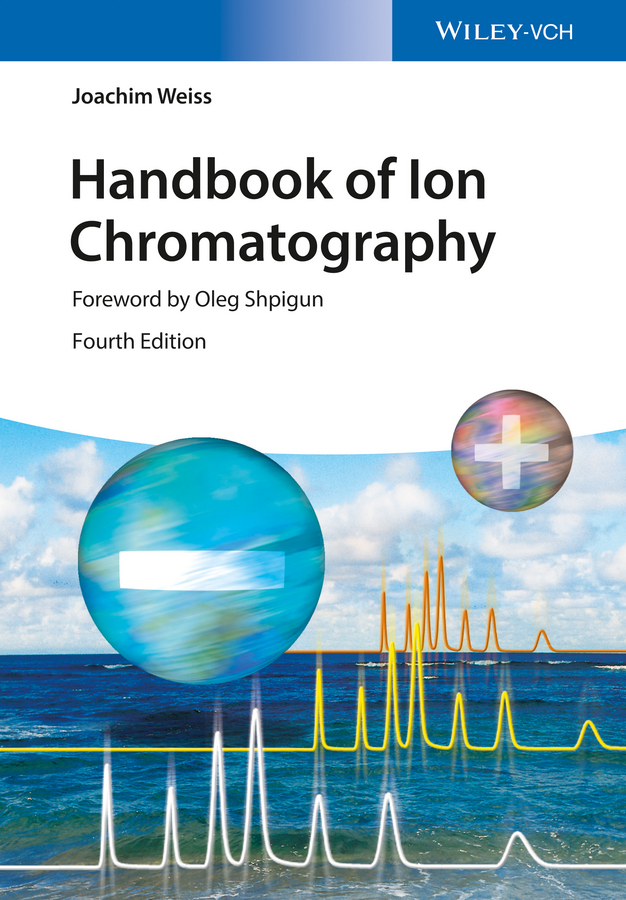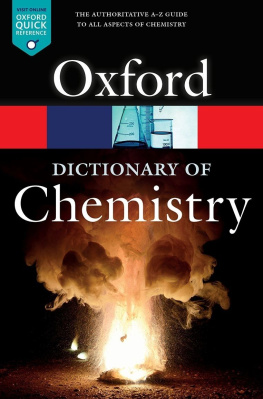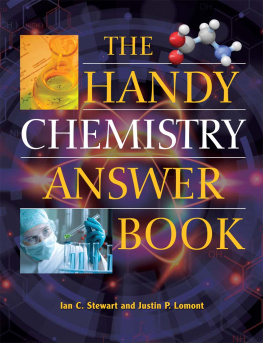
Related Titles
Anderson, J.L., Berthod, A., Pino, V., Stalcup, A.M. (eds.)
Analytical Separation Science
2016
Print ISBN: 978-3-527-33374-5; also available in electronic formats
Hbschmann, H.J.
Handbook of GC/MS
Fundamentals and Applications
3 Edition
2015
Print ISBN: 978-3-527-33474-2; also available in electronic formats
Schubert, U.S., Winter, A., Newkome, G.R.
Terpyridine-based Materials
For Catalytic, Optoelectronic and Life Science Applications
2012
Print ISBN: 978-3-527-33038-6; also available in electronic formats
Carta, G., Jungbauer, A.
Protein Chromatography
Process Development and Scale-Up
2010
Print ISBN: 978-3-527-31819-3; also available in electronic formats
Fritz, J.S., Gjerde, D.T.
Ion Chromatography
4 Edition
2009
Print ISBN: 978-3-527-32052-3; also available in electronic formats
Miller, J.M.
Chromatography
Concepts and Contrasts, Second Edition
2 Edition
2005
eBook ISBN: 978-0-471-98059-9
All books published by Wiley-VCH are carefully produced. Nevertheless, authors, editors, and publisher do not warrant the information contained in these books, including this book, to be free of errors. Readers are advised to keep in mind that statements, data, illustrations, procedural details or other items may inadvertently be inaccurate.
Library of Congress Card No.: applied for
British Library Cataloguing-in-Publication Data
A catalogue record for this book is available from the British Library.
Bibliographic information published by the Deutsche Nationalbibliothek
The Deutsche Nationalbibliothek lists this publication in the Deutsche Nationalbibliografie; detailed bibliographic data are available on the Internet at http://dnb.d-nb.de.
2016 Wiley-VCH Verlag GmbH & Co. KGaA, Boschstr. 12, 69469 Weinheim, Germany
All rights reserved (including those of translation into other languages). No part of this book may be reproduced in any form by photoprinting, microfilm, or any other means nor transmitted or translated into a machine language without written permission from the publishers. Registered names, trademarks, etc. used in this book, even when not specifically marked as such, are not to be considered unprotected by law.
Print ISBN: 978-3-527-32928-1
ePDF ISBN: 978-3-527-65164-1
ePub ISBN: 978-3-527-65163-4
Mobi ISBN: 978-3-527-65162-7
oBook ISBN: 978-3-527-65161-0
Dedication
For Alexandra, Tatyana, and Oleg
Foreword
Since the introduction of ion chromatography in 1975, this method has not only developed into the most powerful tool for the determination of inorganic and organic ions of low and high molecular weight but also found its application for the analysis of a wide variety of ionizable organic compounds. In the past decade, numerous new technologies introduced in the field of ion chromatography were focused on increasing the speed of analysis, sensitivity, and resolution of separations. For everybody using this method nowadays for either scientific research or routine analysis, it is very important to have a comprehensive source of information covering all recent developments in this field together with some theoretical background and practical applications. The fourth edition of the Handbook of Ion Chromatography by Dr. Joachim Weiss completely fulfills this demand.
The present edition is considerably updated and expanded, covering all aspects of ion chromatography and all developments in this field that have been introduced over the past 10 years. This includes the application of hydrophilic interaction and mixed-mode liquid chromatography for the determination of ionic and ionizable compounds, the introduction of novel detection methods and hyphenated techniques, the design of new separation media for capillary and monolithic columns, columns packed with particulate ion exchangers having smaller particle diameters, and mixed-mode stationary phases.
A significant part of this new edition is devoted to various applications of ion chromatography for the determination of ions in a wide range of simple and complex matrices and to practical problems that an analytical chemist might face. It makes this book an indispensable tool for everybody using ion chromatography for everyday routine analysis or doing research work in this field. Since a lot of attention is paid to the determination of biologically relevant organic compounds such as amino acids, carbohydrates, proteins, and nucleic acids, this book will also be of great interest and importance for scientists and practitioners working in biochemistry and biopharmaceutical industries.
There is no doubt that the fourth edition of Handbook of Ion Chromatography will gain great popularity and wide recognition as an important contribution to analytical science and industry, and I wish the author and the publishing house a lot of success with this outstanding work.
Moscow, October 2015 Prof. Dr. Oleg Shpigun
Chemistry Department
Lomonosov Moscow State University
Preface to the Fourth Edition
With the publication of Hamish Small's legendary paper in Analytical Chemistry in 1975, 2015 marks the 40th anniversary of the introduction of ion chromatography (IC). Over these four decades, ion chromatography not only became the most dominant method in ion analysis but also developed into a significant chromatographic technique within the field of separation science. While in its earliest embodiments, IC was focused primarily on the analysis of inorganic anions, today IC plays an important role in the analysis of organic and inorganic anions and cations. Although separations of ions by ion-exchange chromatography prevail, other liquid chromatographic techniques such as ion-exclusion chromatography, reversed-phase liquid chromatography in the ion-suppression mode, and even hydrophilic interaction and mixed-mode liquid chromatography are also used today. Thus, the definition of the term ion chromatography became much broader over the years to be an umbrella term today for all liquid chromatographic techniques that are suitable for separating and detecting ionic and ionizable species.
More than 10 years have passed since the publication of the third edition of this book in 2004. Although the method of ion chromatography was already well matured and widely accepted at that time, the past decade has seen a number of exciting developments in ion chromatography that are described in this new edition and that further established this analytical technique. Of particular importance are the new hyperbranched condensation polymers developed for anion-exchange chromatography with improved selectivities and chromatographic efficiencies. With the introduction of 4m ion-exchange packing materials, the pathway of method speedup in ion chromatography follows the one used in conventional HPLC by applying UHPLC techniques. In ion chromatography, however, the pathway of using smaller particle sizes and smaller column formats can be followed only to a certain extent due to the limited back pressure tolerance of metal-free components in the fluidic system of IC instruments. Progress in the design of cation exchangers has been made toward new stationary phases for improved separations of amines. A new section has been devoted to monolithic separation materials in anion-exchange chromatography. A considerable effort has been focused on their development, because monolithic media offer the potential benefit of faster analysis while maintaining chromatographic resolution, thus following the trend toward shorter analysis times in an alternative way. In the past, polymer monoliths were used only for the separation of biomolecules such as peptides, proteins, and nucleic acids. Only very recently has progress been made in developing polymer monoliths for the separation of small-molecular weight ions, first in the form of aggregated particle monoliths to avoid PEEK column wall adhesion and finally in the form of nanobead-agglomerated monoliths covalently bonded to the inner column wall.
Next page




